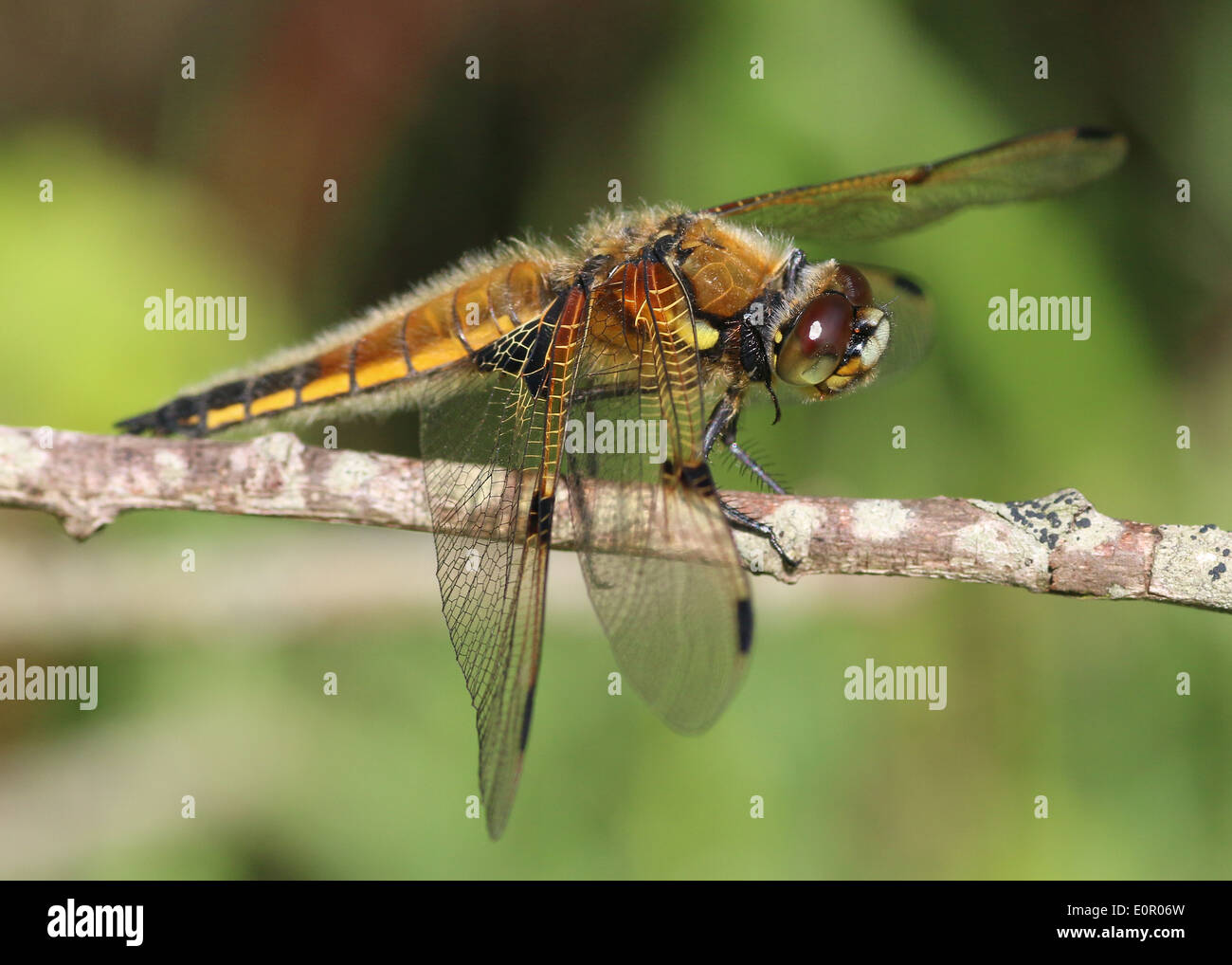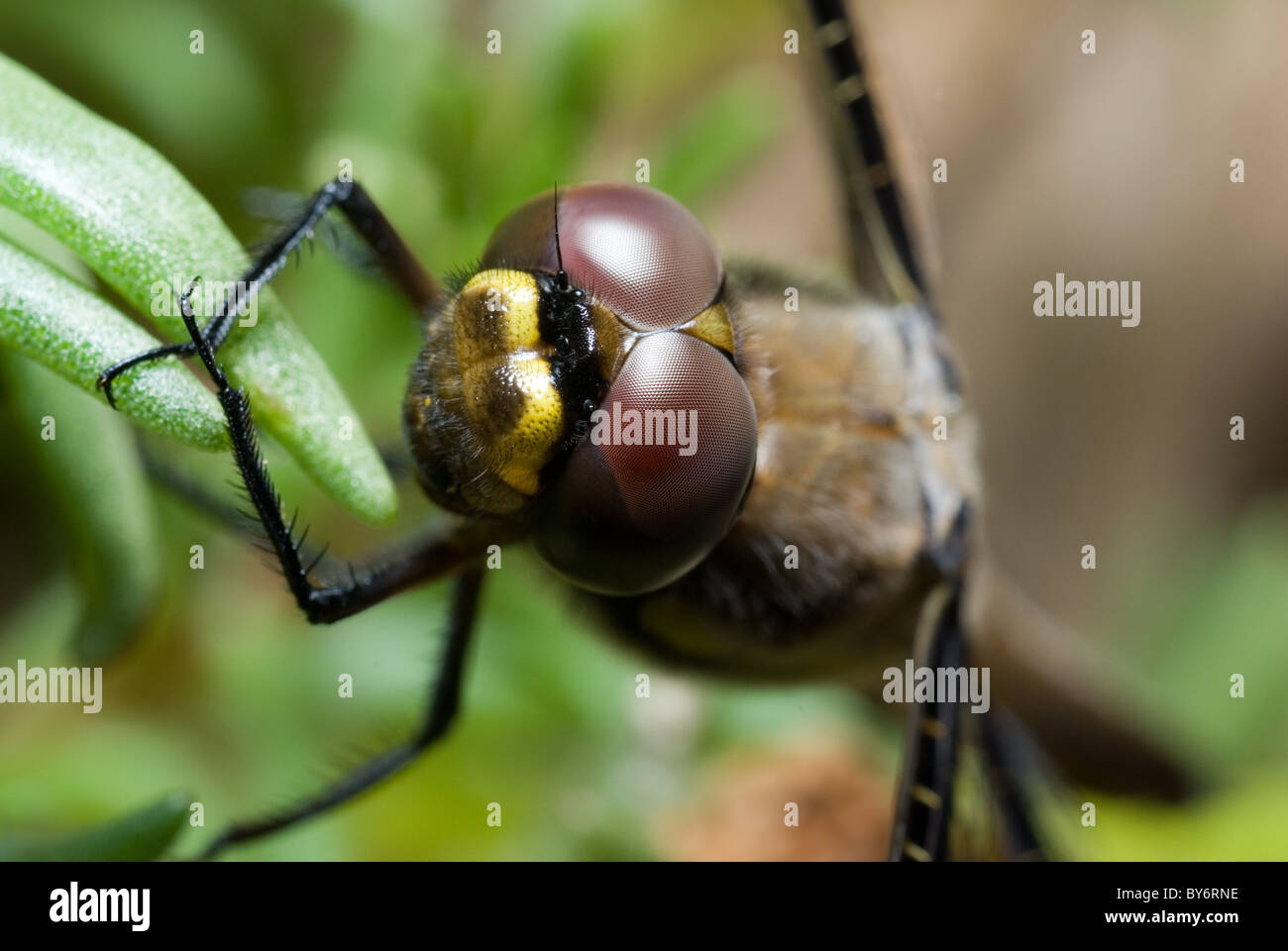4 Spot Skimmer Dragonfly
- 4 Spot Skimmer Dragonfly Images
- Skimmer Dragonfly Identification
- 4 Spot Skimmer Dragonfly
- 4 Spot Skimmer Dragonfly Pole
| Four-spotted chaser | |
|---|---|
| Male Farmoor Reservoir, Oxfordshire | |
| Female, Kampinos Forest, Poland | |
| Scientific classification | |
| Kingdom: | Animalia |
| Phylum: | Arthropoda |
| Class: | Insecta |
| Order: | Odonata |
| Infraorder: | Anisoptera |
| Family: | Libellulidae |
| Genus: | Libellula |
| Species: | |
| Binomial name | |
| Libellula quadrimaculata Linnaeus, 1758 | |
Sep 01, 2020 The White-Tailed Skimmer Video. The various ponds at the garden I visited attract the White-Tailed Skimmer Dragonfly in larger numbers than the Lesser Emperor that I got the flight photos of. The Skimmers are pretty common here and I believe are gradually spreading as far west from Japan as Eastern Europe. The Spot-bellied Eagle Owl Bubo nipalensis Hodgson, 1836 a member of the family Strigidae, is a very large nocturnal owl, native to India, Nepal, Bhutan, Bangladesh, Sri Lanka, Cambodia, China.
Libellula quadrimaculata, known in Europe as the four-spotted chaser and in North America as the four-spotted skimmer, is a dragonfly of the family Libellulidae found widely throughout Europe, Asia, and North America.
The adult stage is found between April to early September in the United Kingdom, and from mid-May to mid-August in Ireland. Larvae have a two-year developmental cycle. Adults feed predominantly on mosquitoes, gnats, and midges;[1] the larvae feed primarily on other aquatic insect larvae and on tadpoles.
There is a variant form, praenubila Newman, which has exaggerated wing spots. This is believed to be related to water temperatures during larval development, and appears to be more common in Europe than in the Americas.
The four-spotted skimmer is the state insect of Alaska.[2]
Habitat[edit]
This active dragonfly mainly lives by ponds, vernal pools, and slow flowing rivers; they are most common in June and July.
Identification[edit]
The brown colour and the four spots on the wings make them unmistakable.
Behaviour[edit]
The male is considered to be highly aggressive and will defend a given territory from incursions from other males of the species. The male is known to form preferences for prominent perches and will often return to the same perches around the margins of pools and ponds whilst it patrols for intruders. Males have a favourable view of the sky during perching. They look toward a section of the sky away from the sun, with less radiation but a higher UV and blue-violet saturation. Thus, the fovea of the eyes, which is sensitive to blue and UV radiation, is optimally suited to the detection of flying insects against the blue sky.[3] Both sexes are prolific fliers, and mating takes place in the air, rather than on perches or amongst the vegetation. The female lays her eggs on floating vegetation. They tend to be easier to approach than Broad-bodied Chasers.
Predators[edit]

The larger emperor dragonfly (Anax imperator) is a predator of this species.[4] Another is the green tiger beetle (Cicindela campestris).[5]
Gallery[edit]
female
female, variant praenubila
In flight
Copulation
Hunting and returning to a favoured perch at a pond
References[edit]
- ^http://www.shgresources.com/ak/symbols/insect/Archived 2009-01-07 at the Wayback Machine Retrieved 16 Feb. 2010
- ^'FAQ ALASKA - Frequently Asked Questions About Alaska'. sled.alaska.edu. 17 January 2006. Archived from the original on 10 February 2010. Retrieved 28 January 2010.
- ^Sauseng, Manuela; Pabst, Maria-Anna; Kral, Karl (20 November 2003). 'The dragonfly Libellula quadrimaculata (Odonata: Libellulidae) makes optimal use of the dorsal fovea of the compound eyes during perching'(PDF). European Journal of Entomology. 100 (4): 475–479. doi:10.14411/eje.2003.071. ISSN1210-5759.
- ^'Emperor Dragonfly'. Norfolk Dragons. Archived from the original on 27 May 2009. Retrieved 16 February 2010.
- ^'An Unexpected Predator of the Four Spot Chaser Dragonfly'. 23 January 2009. Archived from the original on 17 November 2017. Retrieved 15 February 2010.
- 'Libellula quadrimaculata'. Integrated Taxonomic Information System. Retrieved 9 February 2006.

External links[edit]
- Four-spotted chaser British Dragonfly Society
- Biolib.cz Libellula quadimaculata photos Biolib.cz taxonomical synonyms and photos
- Libellula quadrimaculata at AzOdes
- Libellula quadrimaculata at funet.fi
- Libellula quadrimaculata profile and photos
| Wikimedia Commons has media related to Libellula quadrimaculata. |
4 Spot Skimmer Dragonfly Images
Data related to Libellula quadrimaculata at Wikispecies

Flying insects are usually annoying. Mosquitoes bite you, leaving itchy red welts. Bees and wasps sting. Flies are just disgusting. But there’s something magical about dragonflies.
1 ) Dragonflies were some of the first winged insects to evolve, some 300 million years ago. Modern dragonflies have wingspans of only two to five inches, but fossil dragonflies have been found with wingspans of up to two feet.
2 ) Some scientists theorize that high oxygen levels during the Paleozoic era allowed dragonflies to grow to monster size.
3 ) There are more than 5,000 known species of dragonflies, all of which (along with damselflies) belong to the order Odonata, which means “toothed one” in Greek and refers to the dragonfly’s serrated teeth.
4 ) In their larval stage, which can last up to two years, dragonflies are aquatic and eat just about anything—tadpoles, mosquitoes, fish, other insect larvae and even each other.
5 ) At the end of its larval stage, the dragonfly crawls out of the water, then its exoskeleton cracks open and releases the insect’s abdomen, which had been packed in like a telescope. Its four wings come out, and they dry and harden over the next several hours to days.
6 ) Dragonflies are expert fliers. They can fly straight up and down, hover like a helicopter and even mate mid-air. If they can’t fly, they’ll starve because they only eat prey they catch while flying.
7 ) Dragonflies catch their insect prey by grabbing it with their feet. They’re so efficient in their hunting that, in one Harvard University study, the dragonflies caught 90 to 95 percent of the prey released into their enclosure.
8 ) The flight of the dragonfly is so special that it has inspired engineers who dream of making robots that fly like dragonflies.
9 ) Some adult dragonflies live for only a few weeks while others live up to a year.

10 ) Nearly all of the dragonfly’s head is eye, so they have incredible vision that encompasses almost every angle except right behind them.
11 ) Dragonflies, which eat insects as adults, are a great control on the mosquito population. A single dragonfly can eat 30 to hundreds of mosquitoes per day.
Skimmer Dragonfly Identification
12 ) Hundreds of dragonflies of different species will gather in swarms, either for feeding or migration. Little is known about this behavior, but the Dragonfly Swarm Project is collecting reports on swarms to better understand the behavior. (Report a swarm here.)

4 Spot Skimmer Dragonfly
13 ) Scientists have tracked migratory dragonflies by attaching tiny transmitters to wings with a combination of eyelash adhesive and superglue. They found that green darners from New Jersey traveled only every third day and an average of 7.5 miles per day (though one dragonfly traveled 100 miles in a single day).
4 Spot Skimmer Dragonfly Pole
14 ) A dragonfly called the globe skinner has the longest migration of any insect—11,000 miles back and forth across the Indian Ocean.